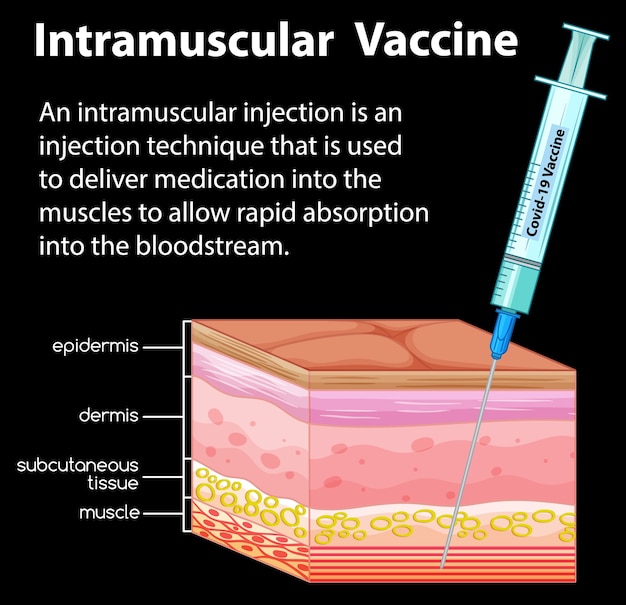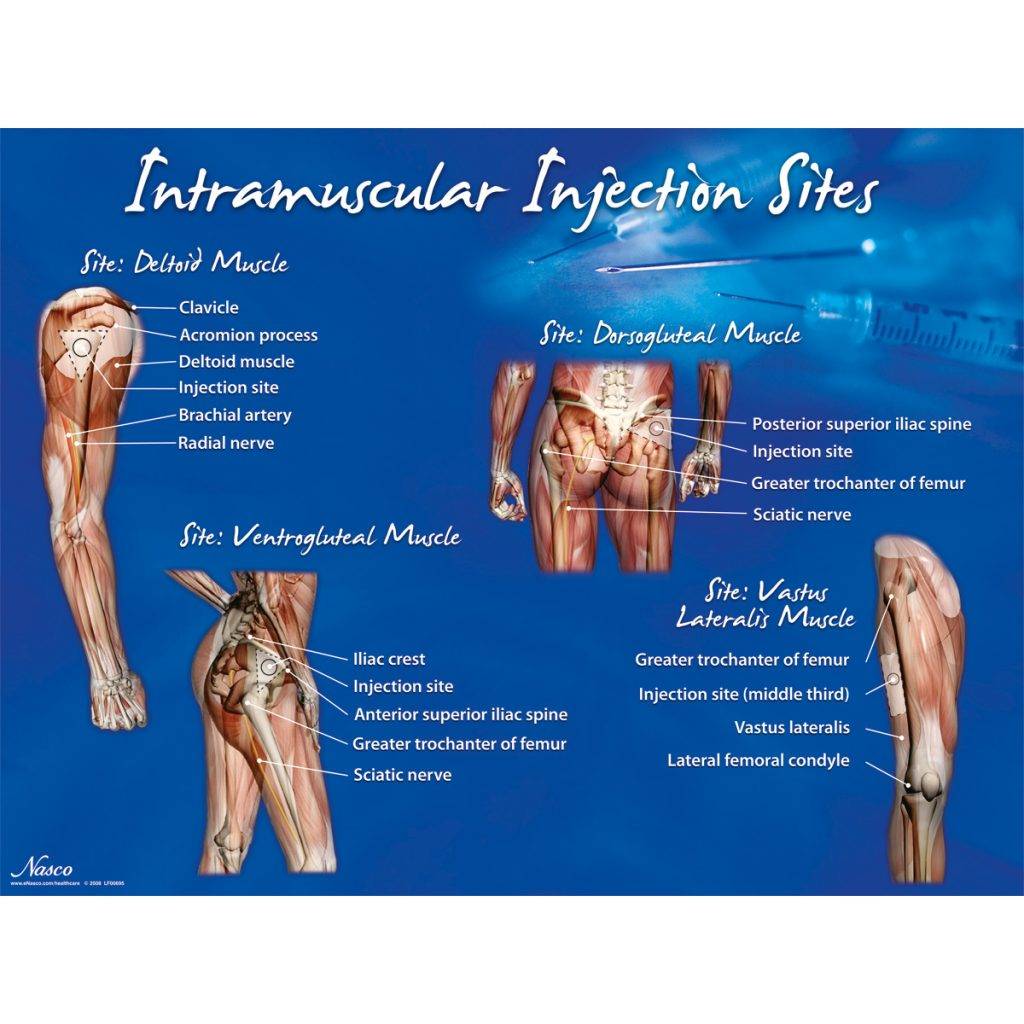

These side effects are generally mild and last no more than a few days at most. Intramuscular injections commonly result in pain, redness, and swelling or inflammation around the injection site. Intramuscular injections should not be used in people with myopathies or those with trouble clotting. A site with signs of infection or muscle atrophy should not be chosen. The volume to be injected in the muscle is usually limited to 2–5 milliliters, depending on injection site.

The injection site must be cleaned before administering the injection, and the injection is then administered in a fast, darting motion to decrease the discomfort to the individual. In infants, the vastus lateralis muscle of the thigh is commonly used. Medication administered via intramuscular injection is not subject to the first-pass metabolism effect which affects oral medications.Ĭommon sites for intramuscular injections include the deltoid muscle of the upper arm and the gluteal muscle of the buttock. Intramuscular injection may be preferred because muscles have larger and more numerous blood vessels than subcutaneous tissue, leading to faster absorption than subcutaneous or intradermal injections. In medicine, it is one of several methods for parenteral administration of medications. Intramuscular injection, often abbreviated IM, is the injection of a substance into a muscle.


 0 kommentar(er)
0 kommentar(er)
